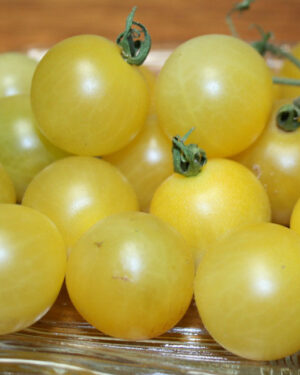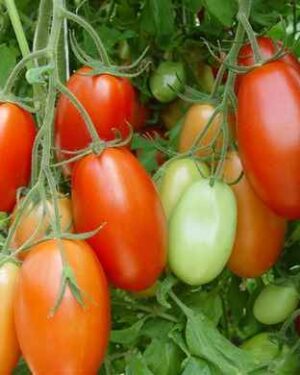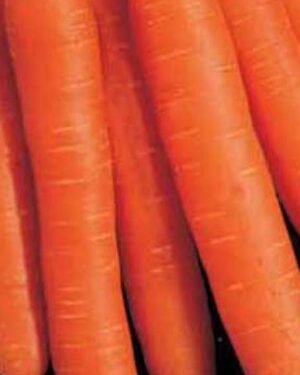Description
Kohlrabi Purple Vienna
Kohlrabi Purple Vienna . This Purple Heirloom variety is an easy to grow and versatile vegetable often overlooked for the home garden. Its bulb-like growth develops aboveground, has a distinctive nut-like flavour and tender flesh, which can be cooked, stir-fried or used in salads and dips. This variety has a purple skin and white flesh and is excellent fresh or stir-fried. Ready in around 60-100 days and the variety to choose for late sowings and harvests into winter.
Cultivation Advice
- Choose well-draining, fertile soil with a slightly acidic to neutral pH. Add compost or well-rotted manure to enrich the soil. Directly sow kohlrabi seeds or transplant seedlings about 6-8 inches apart.
- Kohlrabi thrives in full sunlight but can tolerate partial shade. Ensure the plants receive at least 6 hours of sunlight daily for optimal growth.
- Keep the soil consistently moist throughout the growing season. Kohlrabi prefers even moisture to prevent the development of woody or pithy bulbs.
- Apply a layer of organic mulch around the plants to retain moisture, regulate soil temperature, and suppress weeds.
- Use a balanced organic fertilizer or well-rotted compost at planting. Avoid over-fertilizing, as excessive nitrogen can lead to excessive leaf growth at the expense of bulb development.
- If you start from seeds, thin out the seedlings once they have a few true leaves, leaving the healthiest plants spaced appropriately.
- Kohlrabi can benefit from companion planting with herbs like mint or chamomile. Avoid planting near tomatoes and peppers.
- Keep an eye out for common pests like cabbage worms or aphids. Use organic pest control methods, such as neem oil or insecticidal soap.
- Harvest kohlrabi when the bulbs are about 2-3 inches in diameter. Use a sharp knife to cut the bulbs just above the soil level. Younger bulbs tend to be more tender.
- For a continuous harvest, consider successive plantings every few weeks. This can extend the availability of fresh kohlrabi throughout the growing season.
- Kohlrabi is versatile and can be enjoyed raw in salads, slaws, or as a crunchy snack. It can also be cooked by roasting, steaming, or sautéing. The leaves are edible and can be used in salads or cooked like other greens.
- Kohlrabi can be stored in the refrigerator for several weeks. Remove the leaves before storing, and keep the bulbs in a cool, humid environment.
- Before planting, ensure the soil is enriched with organic matter. Well-rotted compost or aged manure can contribute to the fertility of the soil.
- Maintain a consistent watering schedule. Kohlrabi benefits from evenly moist soil. Water deeply, especially during dry spells, to promote healthy bulb development.
- Consider blanching kohlrabi by gently covering the bulbs with soil to protect them from direct sunlight. This technique can enhance tenderness and reduce any potential bitterness.
- Harvest kohlrabi when the bulbs are still young and tender, ideally between 2-3 inches in diameter. Smaller bulbs tend to be more flavorful.
- Kohlrabi can be grown in containers, making it suitable for smaller spaces. Choose a well-draining potting mix and provide adequate spacing for each plant.
- Practice crop rotation to minimize the risk of soil-borne diseases. Avoid planting kohlrabi in the same spot where members of the cabbage family were grown in the previous year.
- If you have a surplus harvest, blanch and freeze kohlrabi for longer storage. This allows you to enjoy its freshness beyond the growing season.
- Maintain a gardening journal to record planting dates, growth patterns, and any issues encountered. This information can guide future cultivation.
- Experiment with different culinary uses for Kohlrabi Purple Vienna. Try it in stir-fries, pickled recipes, or even as a unique addition to vegetable gratins.
- Regularly inspect your plants for signs of pests. Early detection allows for timely intervention with organic pest control methods.
- Mulch not only helps retain soil moisture but also regulates soil temperature and suppresses weeds around kohlrabi plants.
- Explore methods of preserving kohlrabi, such as pickling or fermenting, to extend its usability in various dishes.









Reviews
There are no reviews yet.